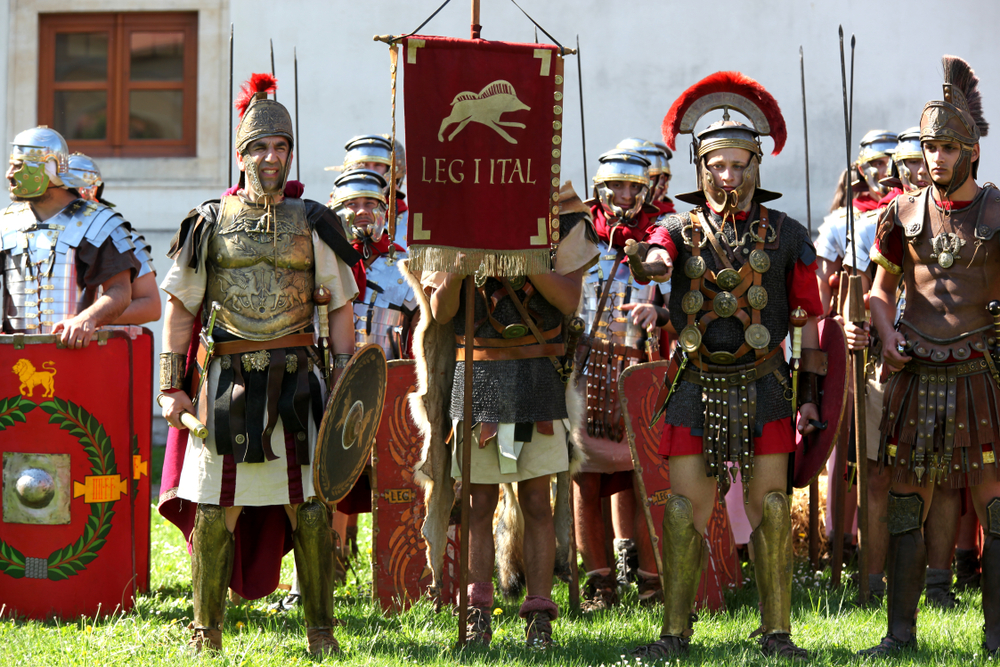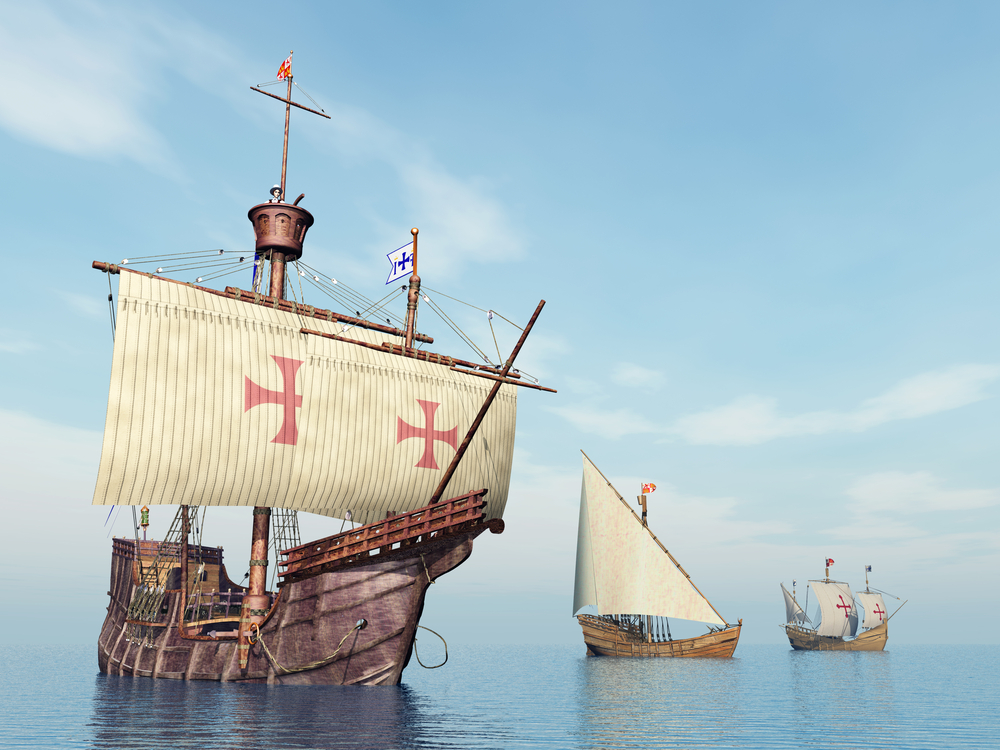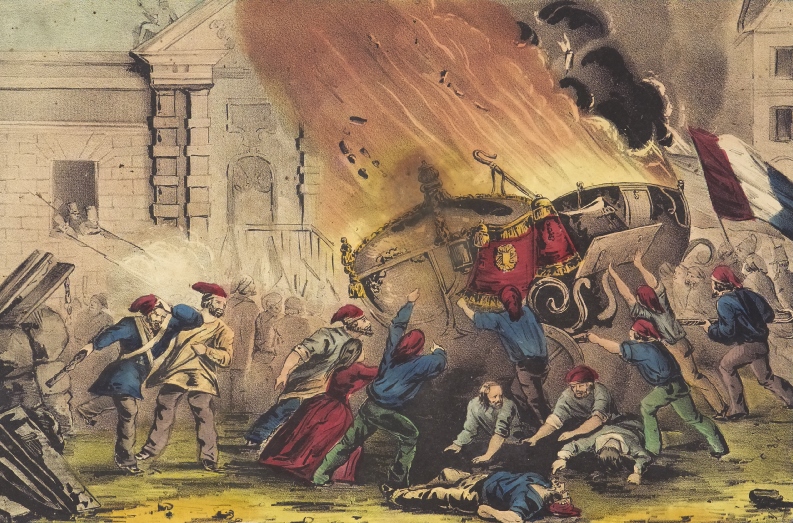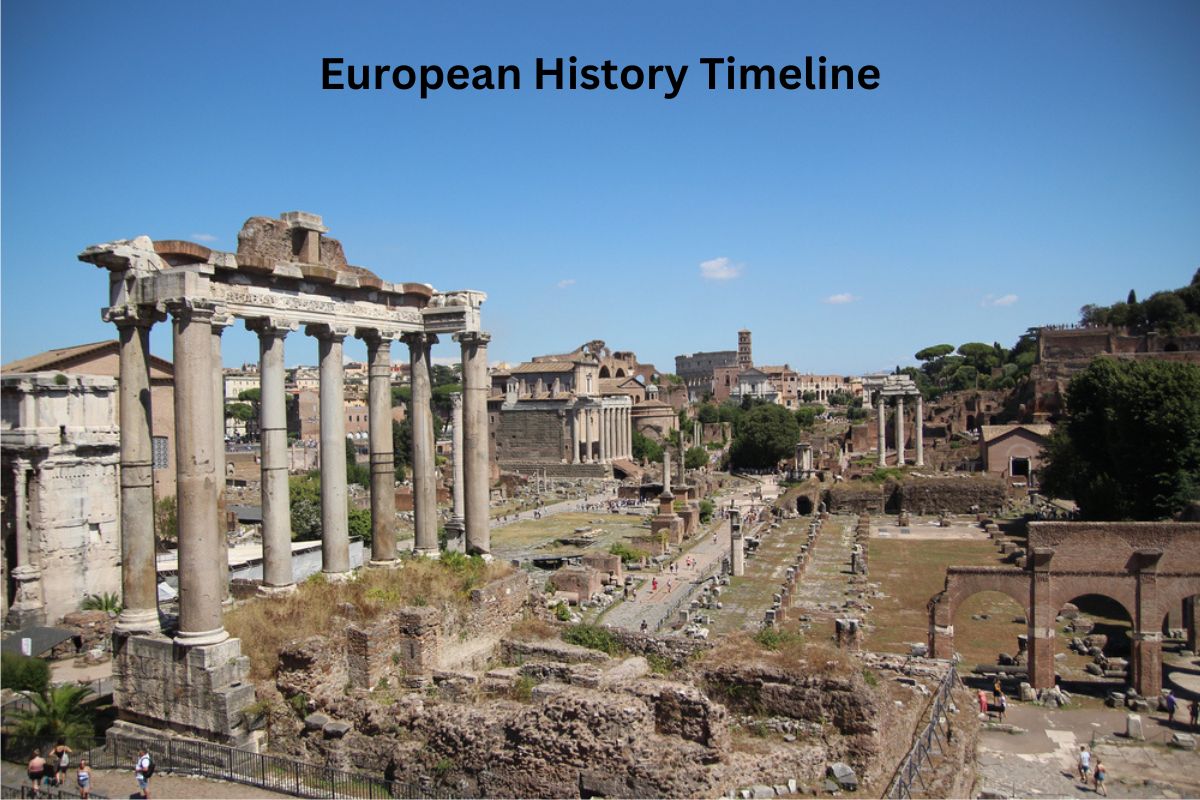European history is a rich tapestry woven with a diverse array of cultures, civilizations, and events that have shaped the continent over millennia.
From the ancient civilizations of Greece and Rome to the medieval era marked by feudalism, the Renaissance’s cultural rebirth, and the Enlightenment’s embrace of reason, Europe has experienced periods of innovation, exploration, conflict, and transformation.
The continent has witnessed the rise and fall of empires, the spread of religious and political movements, and the emergence of modern nation-states.
Through upheavals like the World Wars, the Cold War, and the formation of the European Union, Europe’s history reflects its dynamic evolution, contributing profoundly to global politics, culture, and society.
| Time Period | Key Events and Developments |
|---|---|
| Prehistoric and Ancient Europe | – 10,000 BCE: Agricultural revolution begins. |
| – 776 BCE: First Olympic Games in Greece. | |
| – 753 BCE: Traditional founding date of Rome. | |
| – 509 BCE: Roman Republic established. | |
| Roman Empire and Middle Ages | – 27 BCE: Augustus becomes first Roman Emperor. |
| – 476 CE: Fall of Western Roman Empire. | |
| – 5th-15th centuries: Middle Ages and feudalism. | |
| Renaissance and Age of Exploration | – 14th-17th centuries: Renaissance in Italy. |
| – 1492: Columbus reaches the Americas. | |
| – 16th century: Protestant Reformation. | |
| – 17th century: Scientific Revolution. | |
| Enlightenment and Revolutions | – 18th century: Enlightenment ideals spread. |
| – 1776: American Revolution. | |
| – 1789: French Revolution begins. | |
| – 19th century: Industrial Revolution. | |
| 19th and 20th Centuries | – 1815: Congress of Vienna after Napoleonic Wars. |
| – 1848: Revolutions across Europe. | |
| – Late 19th-early 20th centuries: Nationalism. | |
| – 1914-1918: World War I. | |
| – 1917: Russian Revolution. | |
| – 1939-1945: World War II and Holocaust. | |
| – 1945: End of World War II, Cold War begins. | |
| – 1989: Fall of Berlin Wall, end of Cold War. | |
| – Late 20th century: European Union formed. | |
| Recent History | – 21st century: European Union expansion, challenges. |
Timeline of European History
1. Prehistoric and Ancient Europe
10,000 BCE: The agricultural revolution marks a significant shift from hunting and gathering to farming. This change leads to settled communities and the development of agriculture, which in turn supports the growth of civilizations.
Also Read: History of Spain Timeline
776 BCE: The first recorded Olympic Games take place in Ancient Greece. These games, held in Olympia, become a major event in Greek culture and highlight the competitive spirit of the Greek city-states.
753 BCE: According to legend, Rome is founded on the Palatine Hill by Romulus and Remus. This event marks the traditional founding of Rome, which would go on to become a major center of power and civilization in the ancient world.

2. Roman Empire
27 BCE: Octavian, also known as Augustus, becomes the first Roman Emperor after the fall of the Roman Republic. This marks the beginning of the Roman Empire, a period of expansion, consolidation, and cultural achievements.
Also Read: German History Timeline
476 CE: The Western Roman Empire falls to various barbarian invasions and internal strife. The last Roman emperor, Romulus Augustulus, is deposed, leading to the end of the Western Roman Empire and the beginning of the Middle Ages in Europe.
3. Middle Ages
5th-15th centuries: The Middle Ages, also known as the medieval period, is characterized by feudalism, where society is organized around a hierarchical structure of kings, nobles, knights, and peasants. The Catholic Church also plays a central role in shaping religious and political life.
The Viking Age (8th-11th centuries) sees Scandinavian Norsemen exploring and raiding across Europe, as well as settling in areas like England and Normandy (France).
The Crusades (11th-13th centuries) are a series of religiously motivated military campaigns by European Christians to reclaim the Holy Land from Muslim control. These campaigns have lasting impacts on trade, culture, and interactions between the East and West.
The Black Death (14th century) is a devastating pandemic caused by the bubonic plague. It leads to a massive loss of life and has profound social and economic consequences throughout Europe.
The Hundred Years’ War (1337-1453) is a series of conflicts between the Kingdom of England and the Kingdom of France over control of the French throne. It results in significant social and military changes, including the rise of nationalism.

4. Renaissance and Age of Exploration
14th-17th centuries: The Renaissance is a cultural and intellectual movement that originates in Italy and spreads across Europe. It emphasizes humanism, art, literature, and a revival of interest in ancient Greek and Roman knowledge.
1492: Christopher Columbus, sponsored by Spain, reaches the Americas. This event marks the beginning of the Age of Exploration, during which European powers explore and colonize various parts of the world.
16th century: The Protestant Reformation, led by figures like Martin Luther, challenges the authority of the Catholic Church. This results in the creation of Protestant denominations and significant religious and political changes across Europe.
17th century: The Scientific Revolution sees advancements in astronomy, physics, mathematics, and other fields. Thinkers like Galileo Galilei, Johannes Kepler, and Isaac Newton challenge traditional views and contribute to the development of modern science.
5. Enlightenment and Revolutions
18th century: The Enlightenment promotes reason, individualism, and the spread of knowledge. Philosophers such as Voltaire, Rousseau, and Montesquieu advocate for social and political reforms.
1776: The American Revolution results in the Thirteen Colonies gaining independence from Britain, inspiring ideas of liberty, democracy, and human rights.
1789: The French Revolution begins with the convening of the Estates-General and the storming of the Bastille. The revolution leads to radical political and social changes, including the rise and fall of different factions, and eventually the rise of Napoleon Bonaparte.

6. 19th and 20th Centuries
1815: The Congress of Vienna reorganizes Europe after the Napoleonic Wars, aiming to restore stability and prevent further conflicts.
1848: A series of revolutions across Europe, known as the “Spring of Nations,” seek political and social reforms. While most of these revolts are suppressed, they contribute to the eventual spread of democratic ideas.
Late 19th-early 20th centuries: Nationalism becomes a powerful force, leading to the unification of Italy and Germany, as well as various nationalist movements seeking independence from empires.
1914-1918: World War I erupts, involving many European powers. The war leads to immense destruction, loss of life, and the reshaping of political boundaries.
1917: The Russian Revolution overthrows the Romanov monarchy and establishes a communist government under Vladimir Lenin.
1939-1945: World War II takes place, with Nazi Germany and its allies facing off against the Allied forces. The war results in widespread devastation, the Holocaust, and the eventual emergence of the United States and the Soviet Union as superpowers.
1945: World War II ends, and Europe enters the Cold War era, marked by ideological tensions between the Western powers and the Soviet Union.
1989: The fall of the Berlin Wall symbolizes the end of the Cold War and the eventual dissolution of the Soviet Union.
7. Late 20th Century and Beyond
Late 20th century: The European Union (EU) is established as an economic and political union, initially focused on ensuring peace and cooperation after the devastation of World War II. The EU evolves over time to include more member states and deepen integration.
1989: The fall of the Berlin Wall in November is a momentous event that signifies the end of the Cold War and the beginning of a new era. This event leads to the eventual reunification of Germany and the gradual collapse of communist regimes in Eastern Europe.
1991: The dissolution of the Soviet Union leads to the emergence of newly independent countries in Eastern Europe and Central Asia.
1993: The European Union completes the single market with the establishment of the “four freedoms,” allowing the free movement of goods, services, people, and capital.
1999: The euro (€) is introduced as the official currency in 11 EU member states, creating the Eurozone.
2004 and 2007: The EU expands significantly, admitting multiple Eastern European countries as new member states.
2008: The global financial crisis impacts European economies and leads to debates about economic governance and the stability of the Eurozone.
2010s: The EU faces challenges including the Greek financial crisis, the refugee crisis, and Brexit—the United Kingdom’s decision to leave the EU.
2020: The COVID-19 pandemic strikes Europe and the world, leading to widespread health, social, and economic challenges. Countries implement various measures to control the spread of the virus.
21st century challenges: European countries continue to grapple with issues such as migration, terrorism, climate change, and the rise of populist movements. The EU works to address these challenges while maintaining its commitment to peace, cooperation, and economic integration.
2021: Europe continues its efforts to recover from the pandemic and adapt to the changing global landscape. The EU also focuses on initiatives related to green technology, digital transformation, and social cohesion.
